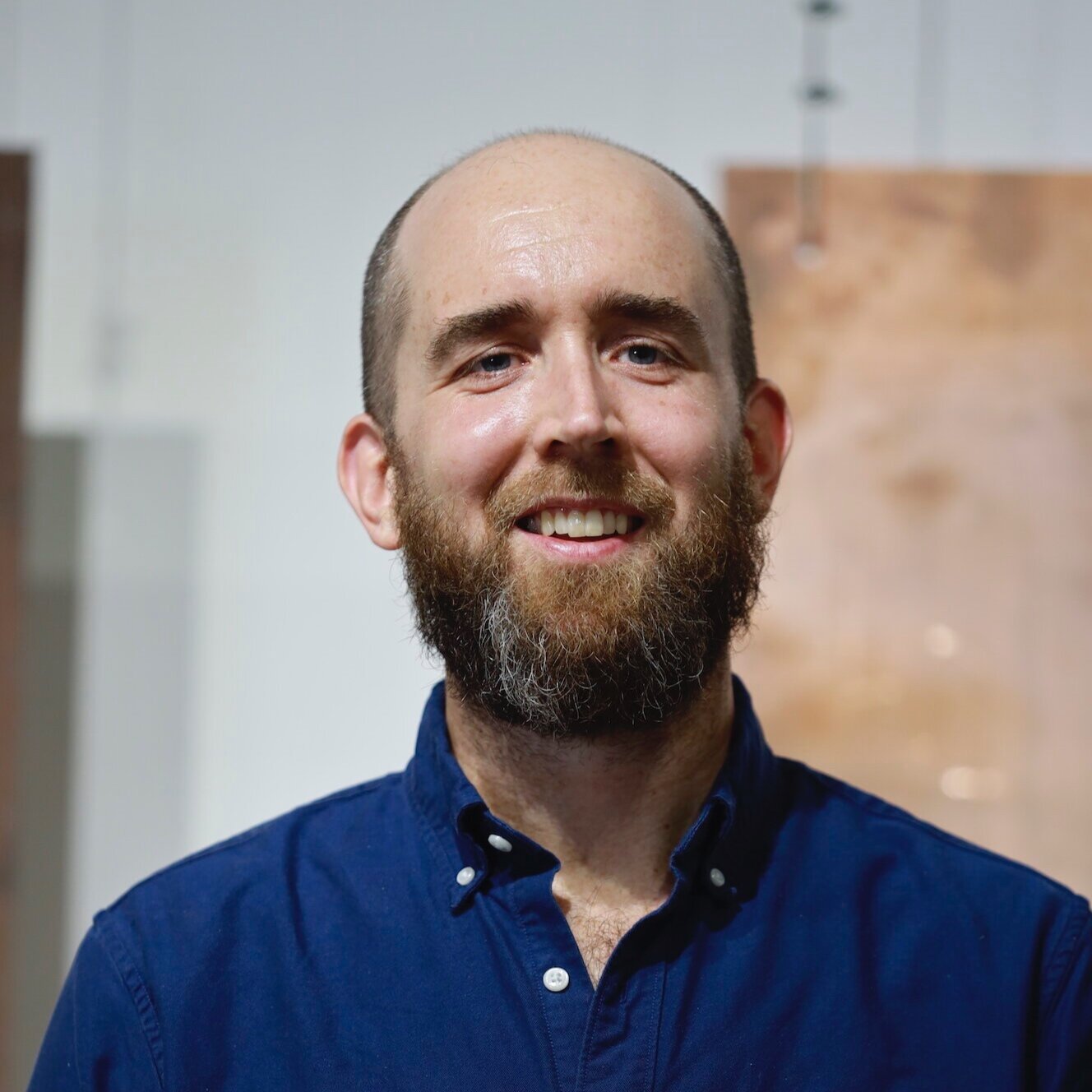Animas
The Animas River flows through the mountains of Southwestern Colorado, through what was once the undisputed land of the Ute people before the encroachment of miners in the 19th century. In 2015, the Environmental Protection Agency (EPA) in the United States of America, was performing maintenance on the abandoned Gold King Mine when it accidentally released three million gallons of wastewater contaminated with heavy metals into the river, turning it a bright orange and threatening agriculture, tourism, and an already “disturbed” alpine ecology.
Animas comprises suspended panels of iron-oxidized steel, aluminum, copper, and lead—all metals that have exceeded EPA tolerances in the river. Each panel vibrates at its own resonant frequency with an intensity that follows real-time data from water quality sensors placed in the river Changes in the clarity of the water, invisible indicators of the dissolved metals within it, and the dynamics of its daily and seasonal flows all become sound in the gallery, producing timbral “color” from the river’s continually changing composition.
About the Artist
Brian House is an artist who investigates more-than-human temporalities. Incorporating sound, code, and multidisciplinary research, his practice has traversed subjects from artificial intelligence to urban rats.
House has exhibited at MoMA, MOCA Los Angeles, Ars Electronica, ZKM, Cincinnati Contemporary Arts Center, and Science Gallery Bengaluru, among others. The New York Times Magazine, WIRED, Neural, Creative Applications, and TIME’s annual “Best Inventions” issue have featured his work, and his essays and articles have been published in Leonardo, the Journal of Sonic Studies, and e-flux Architecture.
Currently, House is Assistant Professor of Art and Studio Head of Digital Media at Lewis and Clark College in Portland, Oregon. In the past he has been a scholar at Columbia University’s Center for Spatial Research, an artist-in-residence at Eyebeam and at the Rocky Mountain Biological Lab, a creative technologist at the R&D Lab at the New York Times, and a sound recordist for National Geographic’s Okavango Wilderness Project. He collaborates with Sue Huang as Knifeandfork, and he holds a PhD in Computer Music from Brown University.
Connected Programmes
Why the River needs to Flow from the Mountains to the Sea by Jagdish Krishnaswamy - a public lecture calling for the preservation of free-flowing rivers
Deep Dive - workshop employing open-source satellite data to analyse water systems



